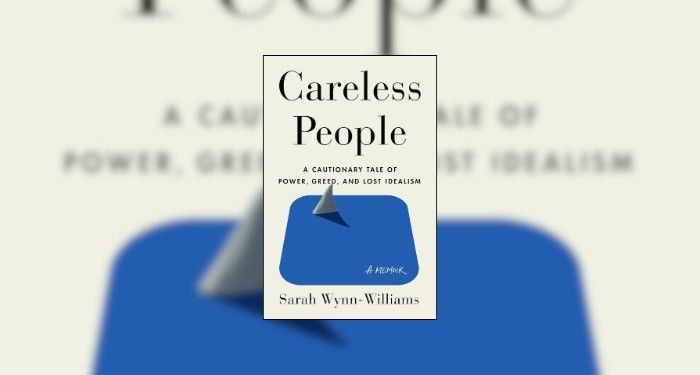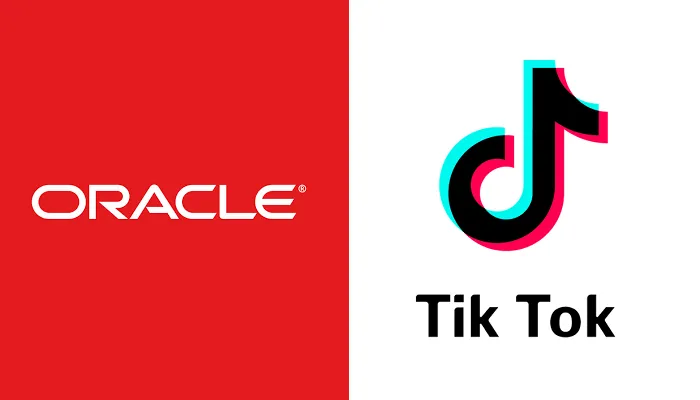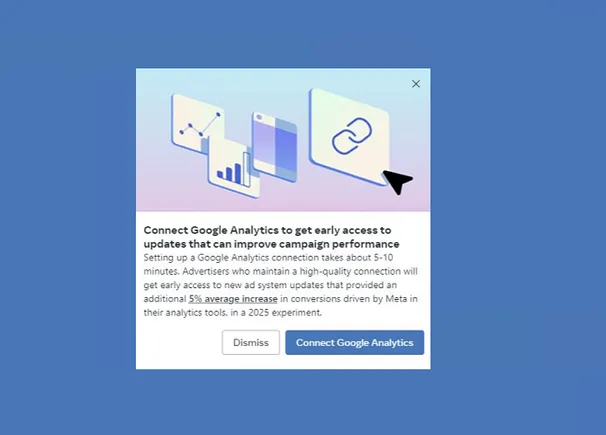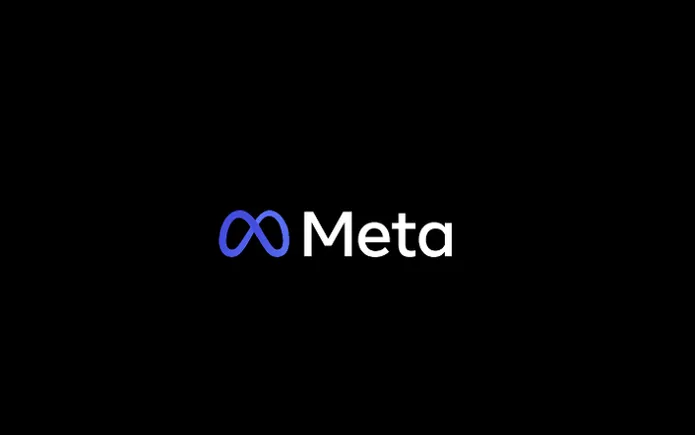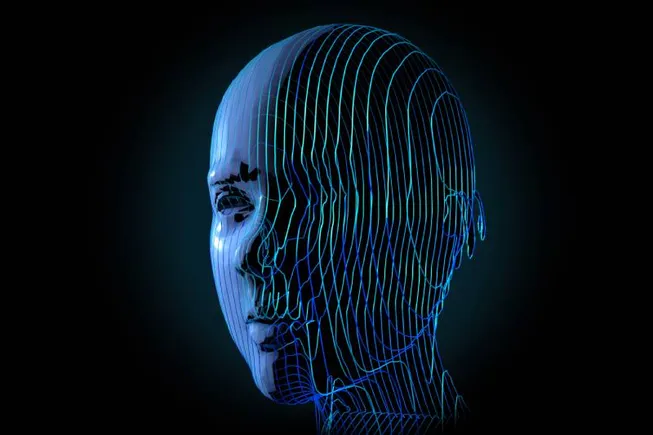Technological utopia notwithstanding, the threat of AI-fueled job loss has become an increasingly ominous—and real—risk to millions of Americans. Employers and workers alike need to launch an effort now to channel the coming AI job destruction wave into a long-run positive force for workers. It’s achievable, but will require a modern-day Manhattan Project for retraining and redeploying our existing workforce.
If we gloss over the AI threat, or fail to react to it, we’re going to find ourselves with middle class unemployment and rising economic inequality. It could get ugly.
The reality is that we’ve only just begun to see what AI is capable of. We only have inklings of ideas of how AI can boost and transform our productivity. From where we stand right now, things aren’t looking good for middle-skill workers.
The McKinsey Global Institute says up to 800 million jobs worldwide could be lost to AI, including a significant portion of front-line jobs in service, retail, and manufacturing industries. In the U.S. alone, 45 million jobs could be wiped out by AI by 2030. By comparison, during the Great Recession an estimated 8.8 million Americans lost their jobs; during the Great Depression, 15 million Americans. By any measure, the AI job loss figures dwarf the modern world’s previous experience.
Optimists argue that while jobs will be destroyed by AI, it will also open new avenues of work we can’t even imagine yet—and that those jobs could be high-value and high-paying. Indeed, the World Economic Forum estimates there will be around 69 million new positions created worldwide as a result of AI advancement.
That’s still a staggering net loss of jobs—to say nothing of the training, education and reallocation that will be required to prepare the workforce of today to take this next generation of jobs.
The “Great Retraining” is not something that will happen by itself. The world faces a significant risk of exacerbated inequality if dramatic, broad brush action isn’t taken preemptively.
Getting under the hood of the U.S. economy, what specific workers are at risk?
There are roughly 50 million Americans working in frontline jobs—about a third of the American workforce. Oftentimes, these are workers who have not gone to college, and many have only finished part of their high school degree.
Technological automation has been driving these workers out of the job for years, albeit at a slow pace. It’s visible at airport restaurants and local McDonald’s kiosks where orders are efficiently fulfilled with minimal human interaction.
AI will take this to a higher level and at a faster pace, as white collar jobs face the same kind of pressure. White collar workers tend to be information processors and channelers. They assemble and analyze data, make decisions and communicate outcomes.
These tasks are custom-made for generative AI.
It’s one kind of economic impact to replace a $15-an-hour fast food counter worker; there’s a more significant consequence when an inexpensive AI platform replaces a $100,000-a-year middle manager. The math of cutting that cost is more compelling to the employer, and the impact on families and communities will be devastating.
Already, in the education and mentoring program I run at ENTITY Academy, we are observing individuals in middle management are among those having the hardest time finding new employment once laid off.
One former student told us that she was recently laid off from her tech job in Silicon Valley because her role wasn’t directly contributing to advancing AI initiatives. As she told us, “AI has shifted my focus from just picking up new tech skills to prioritizing deeper thinking and strategic analysis—things I believe machines can’t easily replace. Keeping up with technology remains important, but I now value my critical thinking and creative skills more.
Another student from a Fortune 100 company told us that her job in marketing could soon be at risk. “I see a possibility of AI taking over many functions of my role, so it’s imperative that I stay adaptable and open to learning new skills AI cannot fully emulate, as well as learn to use AI as an asset.
It’s that sort of rethinking, reprioritization and reorganization that’s going to drive something akin to the Manhattan Project for the future of work. It’s going to require multiple initiatives in both job creation and worker re-education. Below are a few ways we can get started now:
• Catalyze growth in emerging sectors like healthcare, environmental management, recreational services that need growing workforces.
• Create massive capacity for upskilling, retraining and continuing STEM education for workers. A company like Amazon shows the scale of need, as the tech giant has committed over $1 billion to upskill their workforce.
Consider a dramatic expansion of the social safety net for displaced workers beyond unemployment benefits. There may be no other choice. This would take the form of universal basic income (UBI).
Policies that were once viewed as borderline outlandish, like UBI, will enter mainstream thinking. Massive economic transitions are never easy—but if they are not lubricated and facilitated, they can cause large-scale social disruption.
Legislators and employers need to prepare for AI job destruction but also prepare for the massive job creation wave that may follow.
AI transformation has only just begun. Navigating the fallout and embracing the opportunities will be the challenge of this generation.


















































